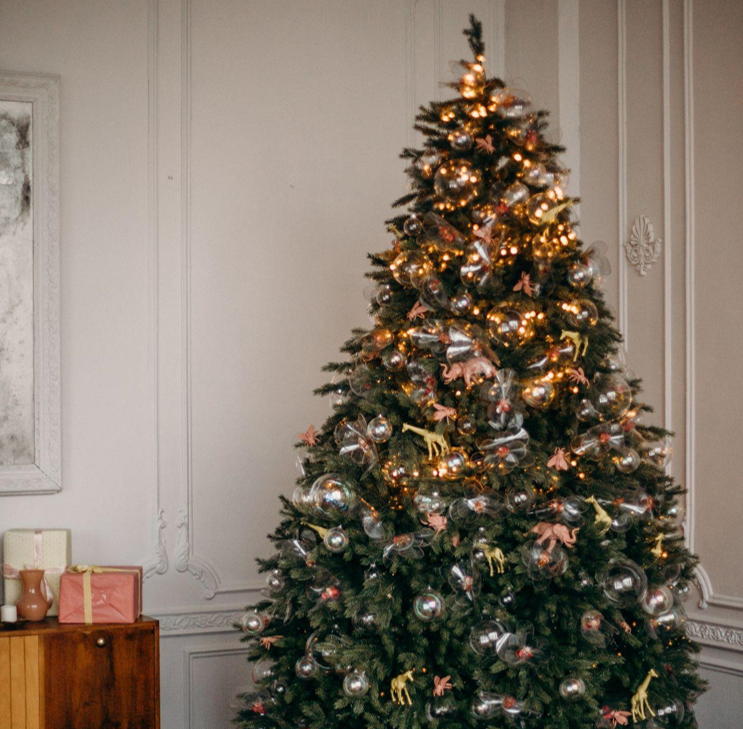The Ultimate Guide to Christmas Trees: Types, Decorating Tips, and History

Types of Christmas Trees
When it comes to choosing a Christmas tree, there are a variety of options available. The most popular type of tree is the evergreen, which symbolizes eternal life and has been used in winter celebrations for centuries. Within the evergreen family, several species exist, including the classic Douglas Fir, the fragrant Balsam Fir, and the sturdy Scotch Pine. For those looking for a unique option, the Blue Spruce and the Norway Spruce add a touch of elegance with their unique blue-green needles and droopy branches.
Another popular Christmas tree type is the flocked tree, covered in a layer of artificial snow to give the impression of a winter wonderland. Flocked trees come in various colors, from classic white to silver, gold, and even pink.
Decorating your Christmas Tree
Once you’ve chosen your perfect Christmas tree, it’s time to decorate it! The first step is to add lights, which come in various colors and styles, such as traditional white or multicolored strands or twinkling LED lights. To ensure that your tree has the perfect amount of lights, follow the general rule of using 100 lights for every foot of the tree’s height.
After the lights are up, it’s time to add the ornaments. Ornaments can be sentimental family heirlooms, DIY crafts, or store-bought decorations. When decorating your tree, it’s important to hang larger ornaments first, then fill in the gaps with smaller decorations to give it a balanced look. You can also add a tree skirt or collar to complete the look.
History of Christmas Trees
The tradition of decorating Christmas trees dates back to the 16th century in Germany, where evergreen trees were decorated with candles and other ornaments to symbolize eternal life. The tradition then spread throughout Europe and eventually made its way to America in the 19th century, where it became an iconic part of the holiday season.
In addition to its symbolic significance, the Christmas tree has a fascinating ecological history. Christmas tree farms are sustained by regular planting and harvesting, helping maintain large forestland areas and providing habitats for local wildlife. Many farms also offer recycling programs, where used Christmas trees are turned into mulch or used to rebuild dunes.
Conclusion:
A beautiful Christmas tree is the perfect centerpiece for your holiday celebrations, bringing warmth, love, and joy to your home. Whether you choose a classic evergreen or a unique flocked tree, decorating your tree with lights and ornaments is a cherished tradition that brings families together. And while the history of the Christmas tree dates back centuries, it remains a relevant and vital tradition today, sustaining our forests and connecting us to the past, present, and future. Happy holidays!